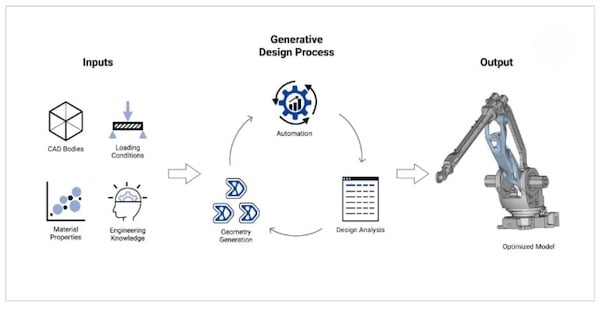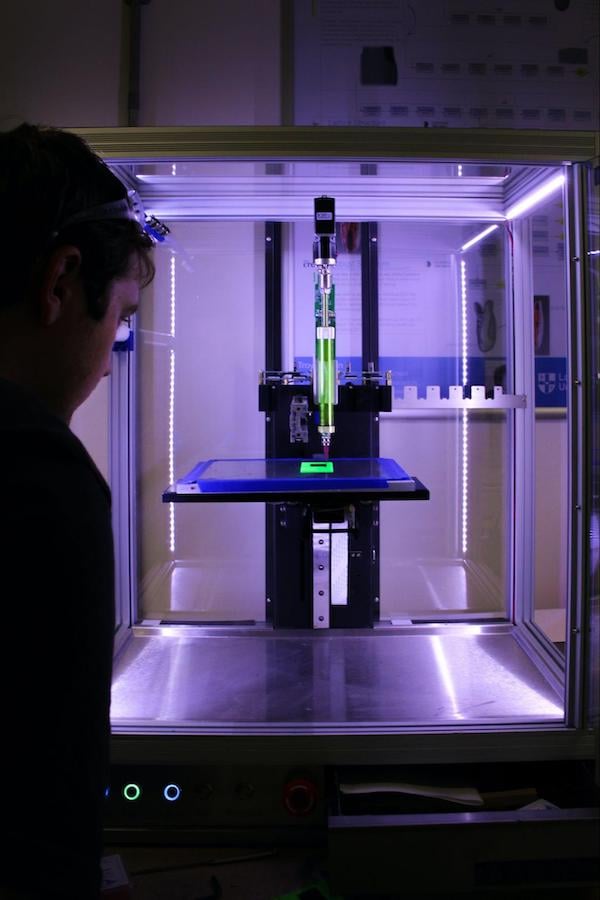
The new IT trend is digital transformation, seen as the next wave of improving enterprise software. CRM (customer relationship management) trendsetter, Salesforce defines digital transformation as “harnessing technology to disrupt your business model, reimagine your company image, and appeal to customers.”
At first glance, those catchphrases don’t seem to apply to engineering. After all, there are still plenty of engineers and designers working today who started their careers using manual drafting. The arrival of CAD was a pretty big transformation. A deeper dive into the specifics of digital transformation will reveal more than such chrome-polishing themes as “reimagine your company image.”
The introduction of CAD was only the first wave of using IT to transform engineering. Think of it as digitization, the shift from analog to digital. The second wave was the introduction of new software tools for increasing process management efficiency. For engineering that was the integration of PDM (product data management) and PLM (product lifecycle management) into the workflow. Both those transitions didn’t do much to change the process too much, but they only made existing processes more efficient. The third wave, digital transformation, means existing step-by-step engineering processes will be replaced with more efficient models of operation.
Here are five aspects of digital transformation that apply to engineering. Whether the company has 25 employees or 25,000, these trends will provide the next boost in efficiency.

Generative design as used in various DfAM (Design for Additive Manufacturing) tools have three key components: geometry generation; design evaluation; and automated iteration loops. Image source nTopology.
1. Competitive Advantage
Using the latest engineering software technology can give SMB (small to medium) manufacturing companies a competitive edge by improving efficiency, quality, and customer satisfaction. CAD vendors are sharing case studies which show increased operational efficiency, improved product quality, and increased customer satisfaction.
Every efficiency gain matters. Leveraging digital solutions becomes a strategic move that can distance an engineering team from its competitors. Design processes are streamlined. Designs can move to faster, digital-first prototyping. Time to market shrinks.
2. Data-Driven Decisions
Digital tools enable the automated collection and analysis of data, allowing businesses to make informed decisions and optimize their operations.
Digital tools streamline the ability to collect and analyze data. This allows companies to make decisions rooted in real-time insights. For mechanical engineers, this translates into a shift from intuition-driven approaches to precision-guided decision-making. By harnessing data, engineers can identify trends, troubleshoot issues, and optimize their design processes. The data-driven approach not only enhances efficiency of operations but also enables continuous improvement
Real-time data gathering combined with IoT (Internet-of-Things) sensors enables predictive maintenance. This not only improves customer service, but offers more insights into how to improve the product.
3. Supply Chain Integration
Digital transformation facilitates better integration with suppliers and customers, leading to smoother supply chain operations. When a company has a seamless digital connection with both suppliers and customers, it makes possible a new form of collaborative design. Are the materials and components truly aligned with the product’s mission? Are the MTBF (mean time between failure) estimates correct? There is strategic value in knowing answers to these questions.

Data generated by robotic manufacturing can be used to analyze and improve future product designs. Image source: Lenny Kuhne, Unsplash.
4. Manufacturing Customization
CAD was designed when mass production was the norm. Today companies are looking for ways to offer custom products. The new generation of DfAM CAD tools, when used to iterate designs for customization, can be a disruptive addition to the engineering toolset. Such tools allow even the smallest engineering teams to compete effectively in a landscape where personalized solutions are increasingly valued.
5. Scalability
With rare exceptions, CAD and simulation tools cost much less than the salary of the engineer using them. Investing in the best tools now makes it easier to grow operations without significant infrastructure changes.
Such scalability means design processes can flexibly accommodate increased project sizes and complexities. Teams can more easily add additional resources and functionalities as needed. Such flexibility promotes cost-effectiveness but also positions small manufacturers to capitalize on new opportunities and market expansions, contributing to long-term sustainability in a rapidly changing business landscape.

Engineering agility increases the more a company integrates digital design with digital manufacturing. Image source: Rob Wingate, Unsplash.
Promises and Challenges
Digital transformation clearly offers SMB manufacturers the opportunity to seize a new competitive advantage. These businesses can transition from intuitive design options to data-driven precision, leveraging real-time insights. Supply chain integration emerges as a linchpin, creating a responsive ecosystem and positioning SMBs to navigate the complexities of the modern supply chain. Customization becomes affordable, meeting individual customer needs with precision. Finally, scalability becomes a defining characteristic, as digital systems empower SMBs to expand their operations without the constraints of substantial infrastructure changes.
Together, the five pillars of digital transformation described here can propel SMBs into a future where innovation, adaptability, and strategic advantage converge to redefine the landscape of manufacturing excellence.
Searching for more information about Product Design & Manufacturing?
Click here!



Share This Post